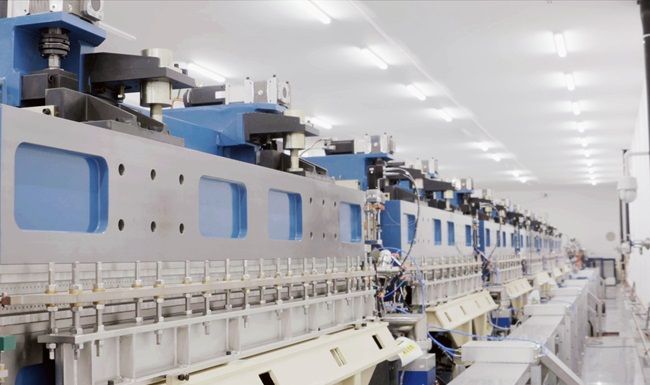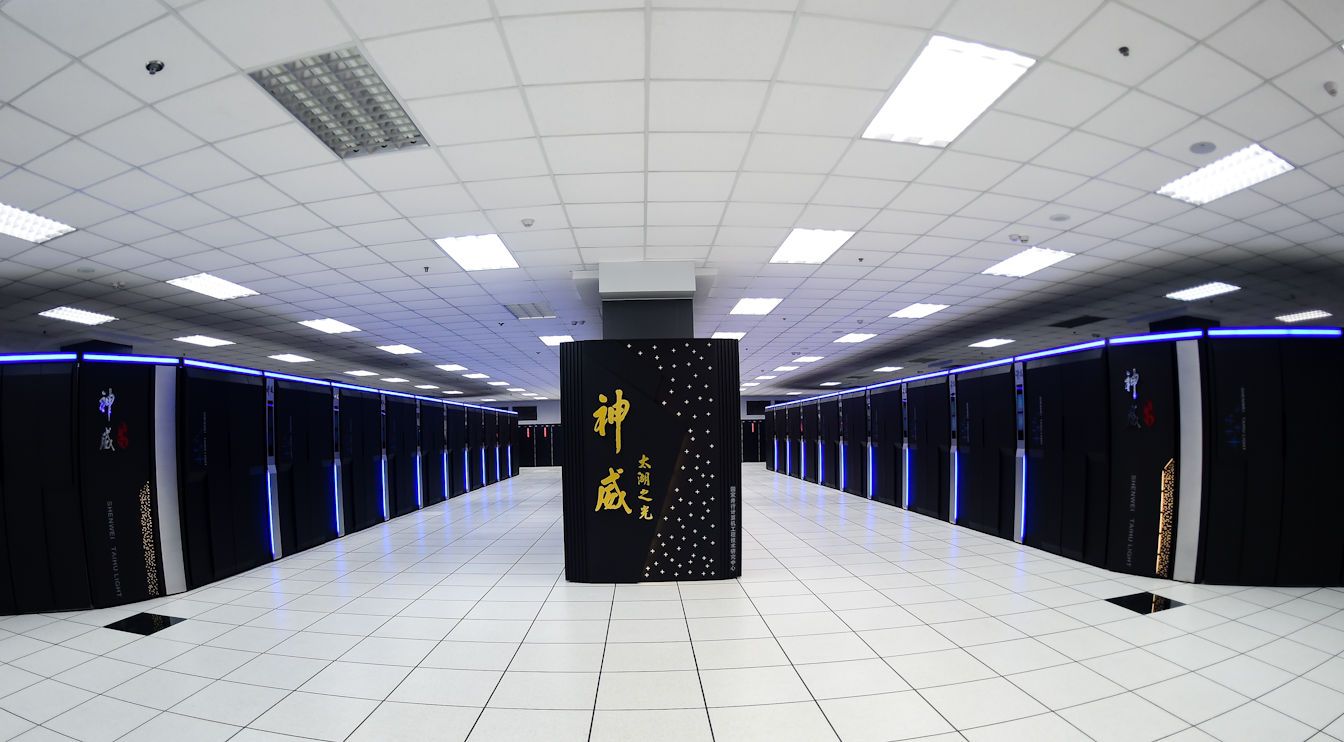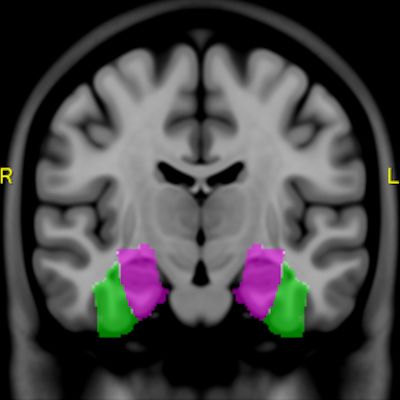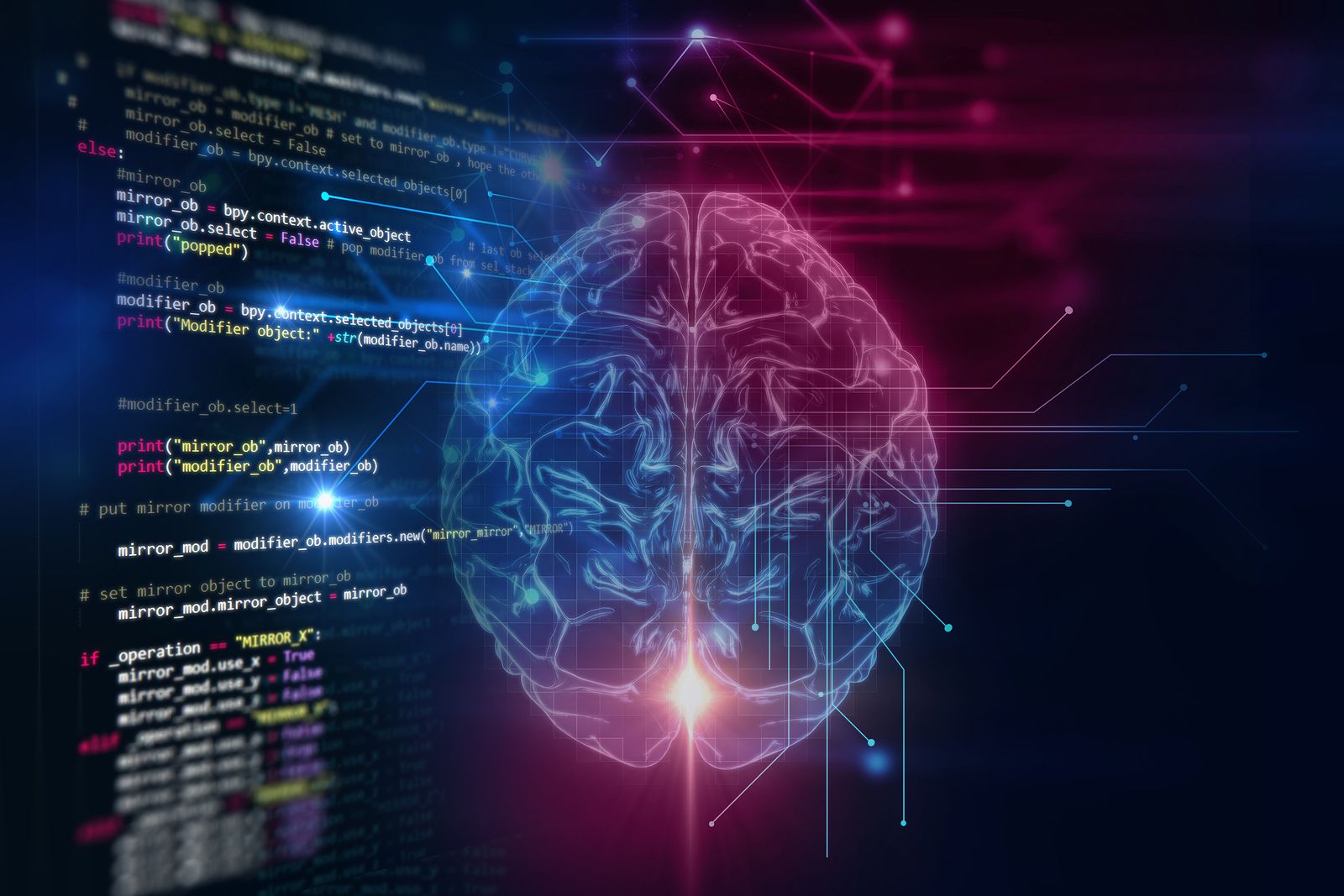Page 10972
Jan 20, 2017
China, already dominant in supercomputers, shoots for an exascale prototype in 2017
Posted by Karen Hurst in categories: information science, nuclear weapons, robotics/AI, supercomputing
Back in June, China debuted the world’s fastest supercomputer, the Sunway TaihuLight (pictured), with a Linpack benchmark result of 93 petaflop/s. That machine contains 40,960 locally developed ShenWei processors, each with 260 cores and roughly comparable with Intel’s Knight’s Landing Xeon Phi CPU. China also developed a 136GB/sec memory controller and custom interconnect that delivers 16GB/sec of peak bandwidth between nodes.
Now China is working on a prototype exascale (1,000-petaflop) system that it aims to complete by the end of this year, according to state media. An exascale computer is capable of a quintillion calculations per second, and could deliver vast dividends in deep learning and big data across a variety of disciplines as varied as nuclear test research, code breaking, and weather forecasting.
“A complete computing system of the exascale supercomputer and its applications can only be expected in 2020, and will be 200 times more powerful than the country’s first petaflop computer Tianhe-1, recognized as the world’s fastest in 2010,” said Zhang Ting, an application engineer at Tianjin’s National Super Computer Center, to Xinhua news agency (via AFP).
Jan 19, 2017
Brain atlas advances MRI exploration
Posted by Karen Hurst in categories: biotech/medical, neuroscience
January 20, 2017 — Researchers have developed a high-resolution, interactive anatomic brain-mapping atlas they say can overcome the limitations of functional MRI (fMRI) and expand the modality’s value to conventional MR brain imaging and standard MRI applications.
The Gibby-Cvetko atlas is designed to segment the brain into finite anatomic regions with a resolution of 1 mm or less to correct for variations in the brain sizes of patients and better delineate the location of cortical structures and skull morphology.
“Having a high-resolution, interactive, quantitative brain atlas that we warp to fit the patient and run inside a PACS improves accuracy and speed of reading fMRI studies,” said co-developer Dr. Wendell Gibby, an adjunct professor of radiology at the University of California, San Diego. “It is a big step toward routine utilization of fMRI in clinical practice.”
Jan 19, 2017
Brain Computer Interface: The End of Keyboards & Mice?
Posted by Karen Hurst in categories: robotics/AI, virtual reality
It was when we tried virtual reality (VR) for the first time that we realized our method of controlling computers is likely to change. When you realize your VR headset is acting as a pointer in virtual reality, and you begin using your head like a mouse without even thinking about it, you start to grasp that there are much easier ways to control computers. Take foveated rendering (eye tracking) as an example. Soon computers will know exactly where you are looking – blink twice for double click!
Last November 2016, we posted an article, “Brain Implants that Augment the Human Brain Using AI” where we talked about exploring the hippocampus to solve brain disorders associated with memory loss. Much work has been done by Dr. Theodore W. Berger into neurobiological issues related to the hippocampus, primarily around implants to explore signal processing of hippocampal neurons. As it turns out, the hippocampus is the storage for our short-term memory working much like the RAM does in your computer. This is the motivation behind Bryan Johnson’s $100 million investment into his brain augmentation startup Kernel.
A Brain Computer Interface (BCI) or Brain Machine Interface (BMI) has numerous definitions, but the common elements found among all the definitions are as follows:
Jan 19, 2017
In Mumbai: 35.3% premature deaths were results of stroke because of air pollution
Posted by Karen Hurst in categories: biotech/medical, neuroscience, sustainability
Most premature deaths in Mumbai and Delhi over two decades were caused by stroke (a medical condition that occurs when blood supply to the brain is cut off), due to inhalation of ultrafine suspended particles, revealed a study by the Indian Institute of Technology – Bombay (IITB).
The three-member IITB team attributed 35.3% premature deaths to cerebrovascular disease – arteries supplying blood to the brain is affected – as a result of being exposed to high levels of particulate matter of size less than 2.5 microns in diameter (PM2.5) between 1991 and 2015. Additionally, premature deaths due to ischemic heart disease (it falls under the group of cardiovascular diseases) and chronic obstructive pulmonary disease (COPD) stood at 33.3% and 22.9% during the same period.
A dangerous pollutant, PM2.5 can lodge deep into the lungs and cardiovascular system, giving rise to a host of problems from damage to lung tissue, sneezing, asthma attacks, migraines, headaches to even cancer and heart attacks. The elderly, children, and those with chronic lung disease, influenza, or asthma, are especially sensitive to the effects of PM2.5.
Jan 19, 2017
Is the Default Mode of the Brain to Suffer?
Posted by Karen Hurst in categories: futurism, neuroscience
It underscores the fact that not all minds that wander are lost. University of British Columbia philosopher Evan Thompson, author of Waking, Dreaming, Being: Self and Consciousness in Neuroscience, Meditation, and Philosophy, says the DMN’s mental meanderings are “the baseline state of you as a cognitive system.” It’s tremendously pragmatic: being able to remember the past, plan for the future, and happen upon creative insights are all essential tools for navigating life. While he was hesitant to mix the word “suffering,” which is so loaded in ancient Asian religious traditions, with the “default mode,” which is of a contemporary neural vintage, the two connect in the way that suffering arises when people concretize the fleeting swirls of thought, especially around conceptions of self. Still, he says, there’s “particular kind of stickiness” that can come when DMN activity grows overly self-centered.
Default-mode content involves an image of self, one that’s easy to become attached to. These self-conceptions are “affectively charged,” he says; they carry lots of emotional weight. “We constantly think that it’s not just another thought, that [the image of self] is something real, not just an mental image.”
Jan 19, 2017
Brain stimulation used like a scalpel to improve memory
Posted by Karen Hurst in categories: biotech/medical, neuroscience
Precise memory, rather than general memory, is critical for knowing details such as the specific color, shape and location of a building you are looking for, rather than simply knowing the part of town it’s in. This type of memory is crucial for normal functioning, and it is often lost in people with serious memory disorders.
“We show that it is possible to target the portion of the brain responsible for this type of memory and to improve it,” said lead author Joel Voss, assistant professor of medical social sciences at Northwestern University Feinberg School of Medicine. “People with brain injuries have problems with precise memory as do individuals with dementia, and so our findings could be useful in developing new treatments for these conditions.”
By stimulating the brain network responsible for spatial memory with powerful electromagnets, scientists improved the precision of people’s memory for identifying locations. This benefit lasted a full 24 hours after receiving stimulation and corresponded to changes in brain activity.
Jan 19, 2017
New ‘smart’ fibers curb fires in lithium-ion batteries
Posted by Karen Hurst in categories: mobile phones, transportation
Hoverboards and certain cell phones powered by lithium-ion batteries occasionally go up in flames. Scientists now have a new plan for squelching these fires before they flare out of control: incorporating a flame retardant in the battery that’s released if temperatures get too toasty.
Within lithium-ion batteries, ions travel between positive and negative electrodes through a liquid called an electrolyte. But commonly used electrolytes are highly flammable. And if a short circuit in the battery produces enough heat, the electrolyte can ignite.
Source: New ‘smart’ fibers curb fires in lithium-ion batteries | Science News.
Continue reading “New ‘smart’ fibers curb fires in lithium-ion batteries” »
Jan 19, 2017
Irish College Student Created A Quantum Computing-Resistant Encryption System
Posted by Karen Hurst in categories: computing, encryption, quantum physics
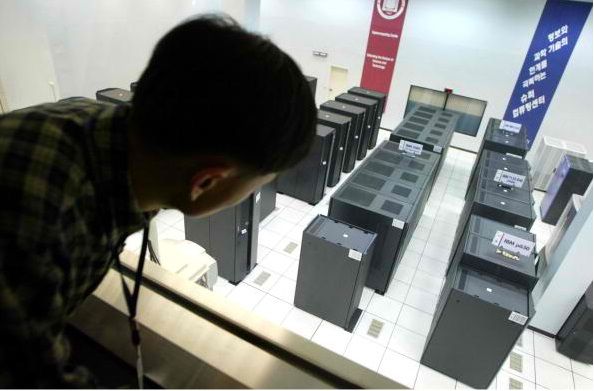
https://youtube.com/watch?v=0Hlssbyc49o
A sixteen-year-old student from Terenure College has created a highly-encrypted solution that is resistant against quantum computers.
Jan 19, 2017
New DARPA Technology Could Simplify Secure Data Sharing
Posted by Karen Hurst in category: security

Can’t wait to see it.
Troops in remote regions around the world often struggle to operate with limited networks for data sharing and communication—an encumbrance that is amplified when U.S. troops need to share classified or otherwise secure data with each other and coalition partners. The usual process for sharing such information requires an end-to-end connection to secure servers via a dedicated digital “pipe” approved for the specific security level of data being transmitted. If that tactical network is overloaded or if a glitch causes a break in the digital chain, the message or data is typically lost and the process must be repeated until a connection is completed, potentially hindering the mission in fast-moving tactical situations. Additionally, the current computers and infrastructure needed to manage multiple levels of U.S. classified and coalition information are too bulky for tactical use in the field and can take months or longer to deploy.
Continue reading “New DARPA Technology Could Simplify Secure Data Sharing” »
